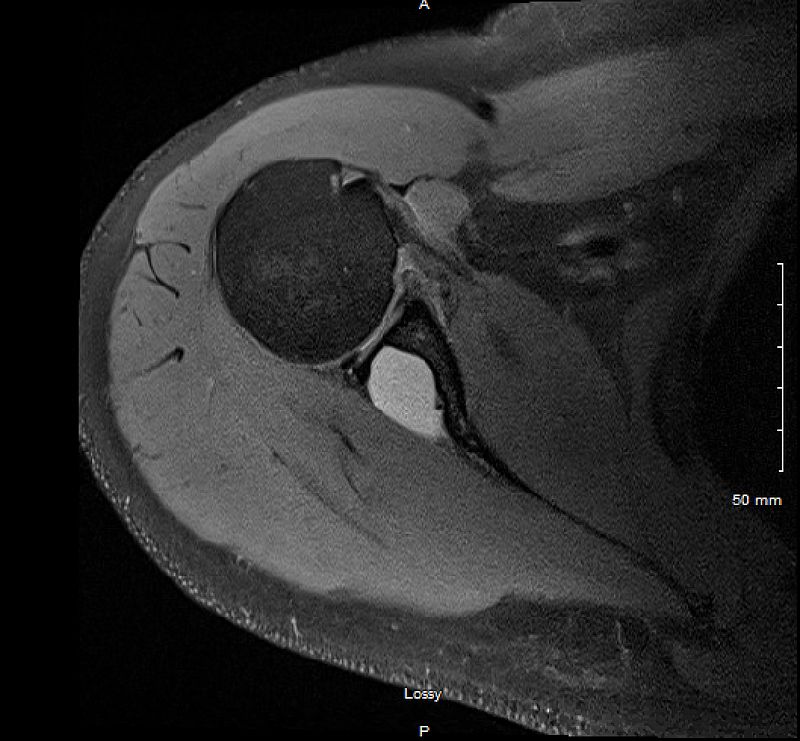Finding a lump on any part of your body can be very concerning indeed. What's the cause of it? Is it serious? What can I do about it?
While there are many serious causes for lumps and bumps one of the most common ones we encounter are ganglion cysts. These are non-cancerous fluid-filled sacs that form around joints and along tendons.
For the majority of us, these are harmless lumps that are merely unsightly. However, because they can cause discomfort, affect function, and there is a need to confirm what they are, it is still important to seek medical attention.
What are the symptoms of ganglion cysts?
In the majority of cases ganglions are painless lumps you may first notice out of the blue or someone else comments on. They can be painful to press against, and if large enough may restrict the range of motion of a joint.
They can cause pain if they press against a sensitive structure like a nearby nerve, or damage to local structures like the nail bed causing abnormal nail growth.
The first time you may become aware of a ganglion is when you get pain at the back of the wrist when you do actions that push the joint to full extension/backwards, e.g. receiving a barbell in a front-rack position, doing a push-up or an upward-facing dog pose in yoga.
Common location of ganglion cysts
Ganglion cysts most commonly occur at the back of the wrist (dorsal wrist ganglion cyst), but they can also be found:
- at the front near the base of the thumb (palmar wrist ganglion cyst)
- on the back of a finger nearest the nail (dorsal digital ganglion cyst)
- on the palm side of a finger where it meets the palm (flexor tendon sheath ganglion cyst)
- and around other body parts like the shoulder, knee, foot and ankle joints.
Causes of ganglion cyst
The cause remains unknown; however, there is an association with a previous history of joint trauma and joint arthritis.
Theories include:
- Joint stress from an acute injury or repetitive microtrauma causes a rent in the joint capsule. This allows leakage of joint fluid into the surrounding tissue. A reaction between this fluid and local tissue results in the creation of the gelatinous cystic fluid and the formation of the cyst wall.
- Abnormal mechanics of a worn or unstable joint stimulates nearby cells to produce mucin, the main component of the jelly-like content of cysts. Over time these collections can increase in size or coalesce to form a larger collection. This may explain why ganglions can fluctuate in size.
How do you diagnose a ganglion cyst?
 Shoulder MRI. Large ganglion cyst eroding the neck of the scapular
Shoulder MRI. Large ganglion cyst eroding the neck of the scapular
Diagnosis of ganglion cysts is typically made by physical examination. A small rubbery lump is felt tethered in place by its attachment to the underlying joint capsule or tendon sheath. The lump may fluctuate in size and occur at characteristic locations.
For cases where the lump is not obvious, ultrasound imaging done during your appointment can help reveal the diagnosis.
An x-ray will show if there is an underlying arthritic joint or if bone erosions exist that would give an indication of how long the ganglion has been there.
MRI scans can provide excellent soft-tissue contrast and allow us to see the characteristic of a cystic mass and the relation to surrounding structures.
Treatment for ganglion cysts

Contrary to tales of yore please refrain from reaching for a King James Bible, or the nearest tome, to bash your ganglion cyst. We have more reliable, and less painful methods, today to rid you of the lump.
The initial treatment option is usually observation as most ganglions don't cause an issue, other than their unsightliness. Roughly 50% of ganglions will disappear on their own so if it doesn't bother you leave well alone.
If the lump is problematic the cyst fluid can be aspirated/drained and a steroid injected into the sac. This is a straightforward outpatient procedure done under ultrasound guidance. There is a variable risk of recurrence though.
Before having surgery for a painless ganglion cyst ask yourself, is it worth it swapping a lump for a scar?
Surgical excision is usually reserved for those cases that come back after an attempted aspiration injection and continue to be bothersome. The whole cyst wall is removed and the tail/pedicle that communicates with the joint is tied off. This of course comes with the usual risk of surgery and a 10% risk of recurrence.
If you have a lump in your hand or wrist you are concerned about click here to schedule an appointment.

